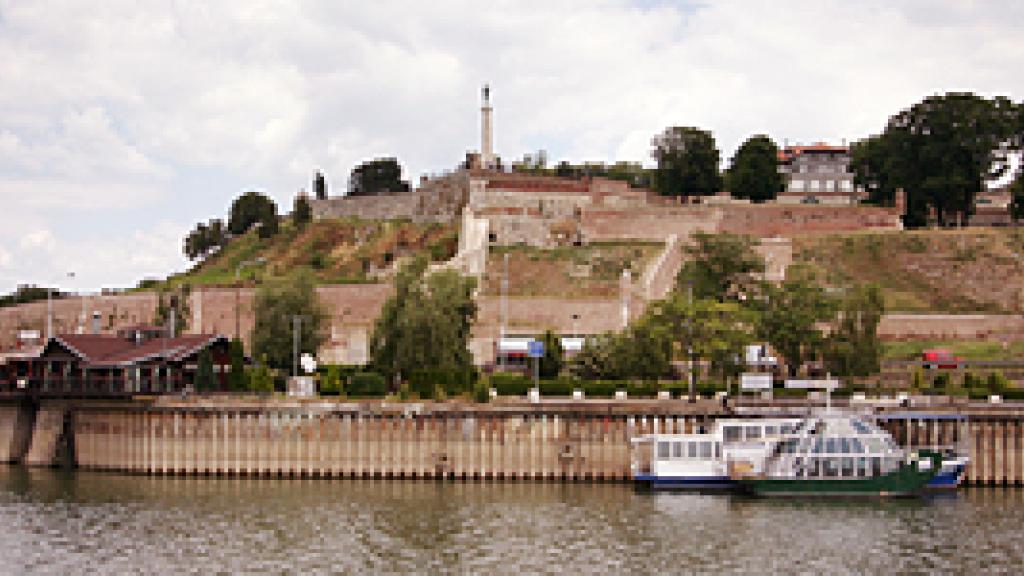Commissioner Hahn visits Danube Region
Danube Basin, 27 June 2012. One year after the launch of the EU Strategy for the Danube Region (EUSDR) and upon the occasion of Danube Day, EU Commissioner for Regional Policy Johannes Hahn, is making a tour of the region to meet those who are putting the plan into action. He will discuss how to accelerate implementation of the EUSDR, which can be an important instrument in creating jobs and growth.

Commissioner Hahn’s trip, organized as a Danube Day event, is an opportunity for him to see at first-hand the progress being made through macro-regional cooperation, and to raise awareness, at political and public level, of the added value of the EU Strategy for the Danube Region (EUSDR). During the tour, which will comprise seven countries, the Commissioner will meet high-level political representatives as well as stakeholders and pay visits to flagship projects. A Serbian Danube Day event will be celebrated in Belgrade and in each country there will be one or several press events. ICPDR Heads of Delegations and representatives of the ICPDR Secretariat will join the Commissioner on parts of his tour.
In chronological order, it will comprise the following countries: Austria, Slovakia, Hungary, Croatia, Serbia, Romania and Bulgaria. It will start with a major press event in Vienna, taking place on 27 June directly at the Danube (Marina Wien) with the participation of the Austrian Vice-Chancellor and Foreign Minister. The visit to the other Danube countries will follow the same pattern: meeting with high-level politicians, stakeholders and visit of regional projects. Press conferences and press events will be held along the way in Vienna, Bratislava, Budapest, Vukovar, Novi Sad, Drobeta-Turnu Severin and Vidin.
The following countries are involved in the EU Strategy for the Danube Region: Germany (Baden-Württemberg and Bavaria), Austria, Hungary, the Czech Republic, Slovakia, Slovenia, Bulgaria, Romania, Croatia, Serbia, Bosnia and Herzegovina, Montenegro, Moldova, and Ukraine. The Commission proposed the Strategy at the request of the European Council in December 2010. It was formally endorsed by the Member States in April 2011. It is designed for the better coordination and cooperation between the countries and regions involved in order to address such common challenges as:
- environmental threats (water pollution, floods, climate change)
- untapped shipping potential and lack of road and rail transport connections
- insufficient energy connections
- uneven socio-economic development
- uncoordinated education, research and innovation systems
- shortcomings in safety and security





